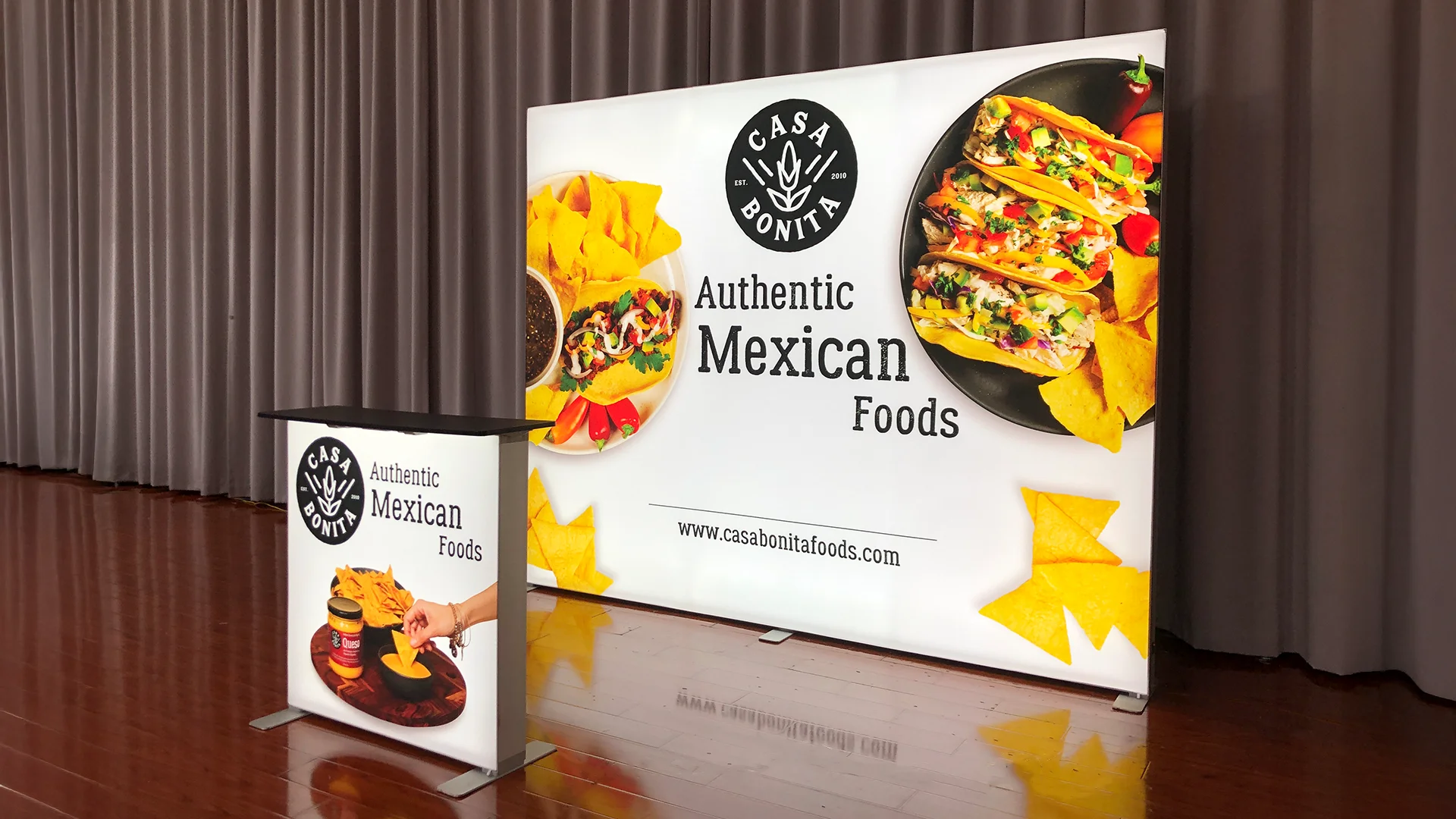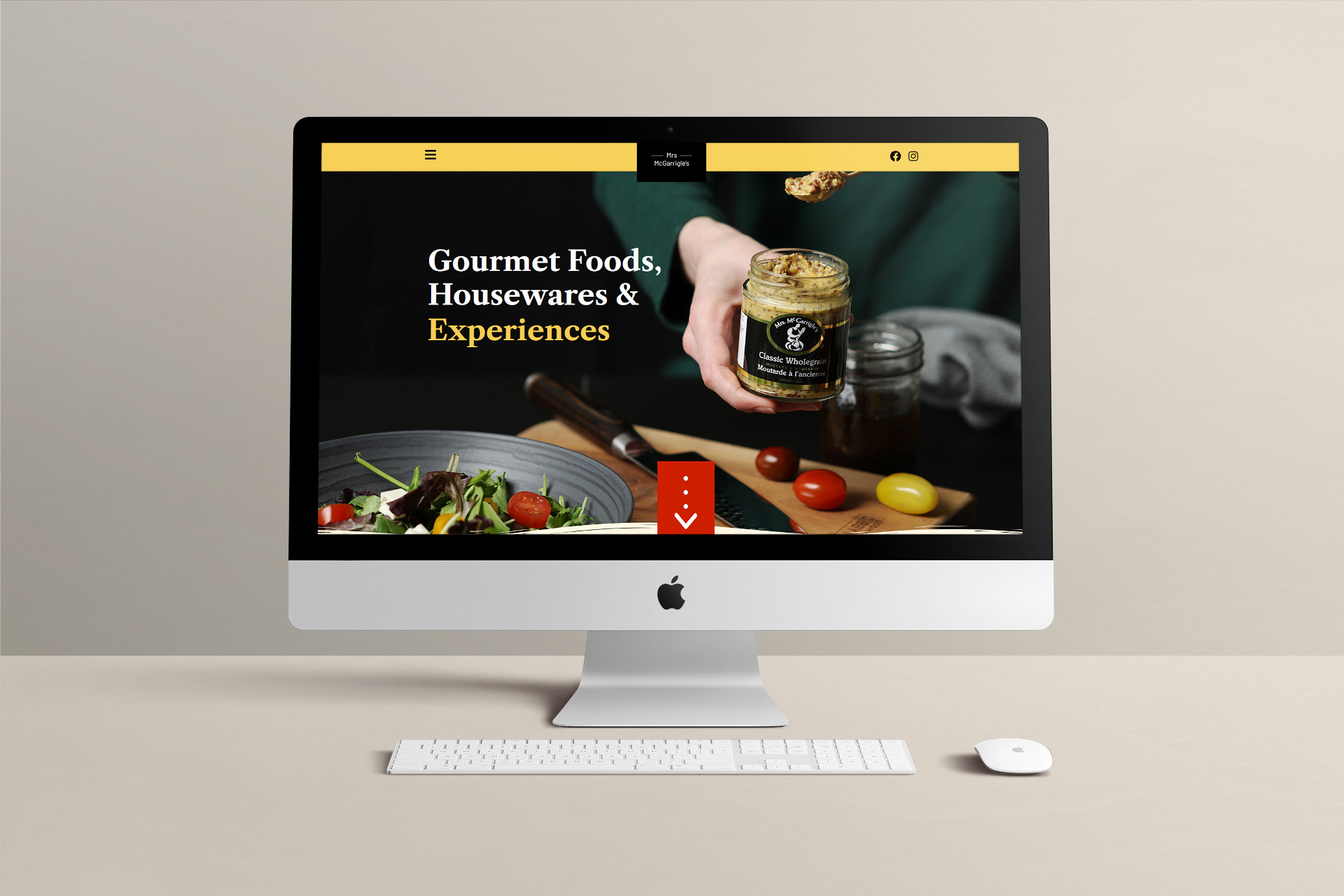Launching a new food product is an exciting adventure—one filled with creativity, passion, and, of course, a little bit of uncertainty. You’ve put your heart into developing something special, but how do you make sure the right people find it, love it, and keep coming back for more? That’s where identifying your target market comes in.
Think of it this way: if you try to sell a gourmet, organic energy bar to everyone, you’ll end up resonating with no one. But if you take the time to understand who truly needs and wants your product, you can create branding and messaging that speaks directly to them—building not just sales, but a loyal community around your brand. Let’s dive into how you can do this effectively.
1. Define What Makes Your Product Stand Out
Before you can find your ideal customers, you need to be crystal clear about what makes your product special. Ask yourself:
- What problem does my product solve?
- What flavors, ingredients, or benefits set it apart?
- Does it cater to a specific dietary need (e.g., gluten-free, vegan, keto)?
- Is it an artisanal, locally sourced, or organic product?
Understanding your product’s unique selling proposition (USP) helps you hone in on the right audience—people who will connect with and appreciate what you’re offering.
2. Do Your Homework: Market Research is Key
Market research isn’t just for big corporations. Small and emerging brands benefit tremendously from knowing their competition and consumer landscape. Here’s how you can gather insights:
- Check out the competition: Who is buying similar products? What do those brands do well, and where do they fall short?
- Leverage industry reports: Look for trends in food and beverage consumer behavior through platforms like Nielsen, IBISWorld, or Mintel.
- Engage with potential customers: Conduct surveys, set up taste tests, or chat with people at food related events and farmers’ markets.
- Use social media listening: What are foodies saying about products similar to yours? Pay attention to hashtags, reviews, and discussions.
3. Break It Down: Who Is Your Ideal Customer?
To narrow down your target market, consider these key demographics:
- Age: Are your customers busy millennials looking for quick, nutritious meals? Or health-conscious retirees?
- Gender: Does your product appeal more to men, women, or both?
- Income level: Are you selling an affordable everyday staple or a high-end gourmet item?
- Location: Do you plan to sell locally, nationally, or globally?
4. Look Beyond Demographics: Understand Their Lifestyle
Numbers and data are helpful, but to truly connect with your audience, you need to understand their mindset. Think about:
- Food preferences: Are they into plant-based eating? Do they follow a specific diet?
- Buying habits: Do they impulse buy, or do they research every ingredient?
- Values and interests: Are they sustainability-driven? Do they love discovering new gourmet foods?
5. Test, Taste, and Tweak
Before going all in on a big marketing campaign, test your product with a targeted audience. Here are some ways to do that:
- Set up tasting events at local stores or pop-ups.
- Send samples to food influencers and bloggers for feedback.
- Run small-scale social media ads and analyze engagement.
- Gather direct feedback to refine your product, packaging, or messaging.
6. Use Data to Your Advantage
Thanks to digital tools, gathering customer insights has never been easier. Track:
- Google Analytics for website traffic and visitor demographics.
- Social Media Insights to see who’s engaging with your content.
- Sales trends from e-commerce or retail to understand buying patterns.
7. Create a Customer Persona
Now that you’ve collected data and insights, it’s time to bring your ideal customer to life. Build a customer persona that includes:
- A name and age (e.g., “Sarah, 32, a busy professional in New York”)
- Her lifestyle and eating habits
- Where she shops (organic markets, online stores, specialty grocers)
- Her biggest pain points and how your product solves them
By having a clear and relatable picture of your ideal customer, you can tailor your branding, messaging, and marketing campaigns to attract them effectively.
Conclusion
Finding your target market isn’t just a business task—it’s about understanding the people who will love your product the most. When you take the time to define your audience, you can market your food brand in a way that feels natural, engaging, and personal. And that’s how you build a community, not just a customer base.
At NOVO MxC, we specialize in helping food brands like yours make a meaningful impact. Whether you need strategy, branding, packaging design, website design, food photography, video production, or animation, we’re here to help you turn your vision into a reality.
Let’s chat about how to bring your food brand to life! Please give us a call at 416-892-2471 or reach out to us using the contact form at the bottom of this page.




